Antoniucci Volti, pseudonym of Antoniucci Voltigero (1915-1989) is a French sculptor and designer of Italian origin. His figurative sculpture is in line with artists like Aristide Maillol. All of his work glorifies women and their bodies. In 1928, Volti was admitted to the School of Decorative Arts in Nice. After receiving a gold medal at the Marseille fair with two polychrome bas-reliefs, he enrolled in 1932 at the École nationale supérieure des beaux-arts in Paris in the studio of Jean Boucher. Volti won the first second Grand Prix de Rome. During the Second World War, he found his studio at 5 rue Jean-Ferrandi destroyed by a bomb in 1943. His reflections during his captivity and this disaster destroyed his entire artistic past and the various influences he received from his masters. It was during this time that his sculpture became more personal and he began to sign "Volti." After the Liberation, Antoniucci Volti received his first public commissions and began to produce his monumental works, always centered around his favorite subject, Woman. He drew every day from live models, as many sculptors do. In 1950, Volti was appointed professor of wood sculpture at the École des Arts Appliqués in Paris. Throughout his life, he accumulated sketches and studies, in pencil, charcoal, or red chalk. They allowed him to better analyze volumes and to find his very particular style, in which we recognize the constant data of Mediterranean statuary. Often compared to Maillol, he said: "Maillol is carnal. I am an architect of sensuality." A first retrospective of his work was organized in 1957 in Paris. He exhibited regularly at the Salon Comparaisons. Volti's sculptures appear in the squares of many cities (Paris, Angers, Orléans, Colombes, etc.). A museum-foundation is dedicated to him in the citadel of Villefranche-sur-Mer where he always lived.


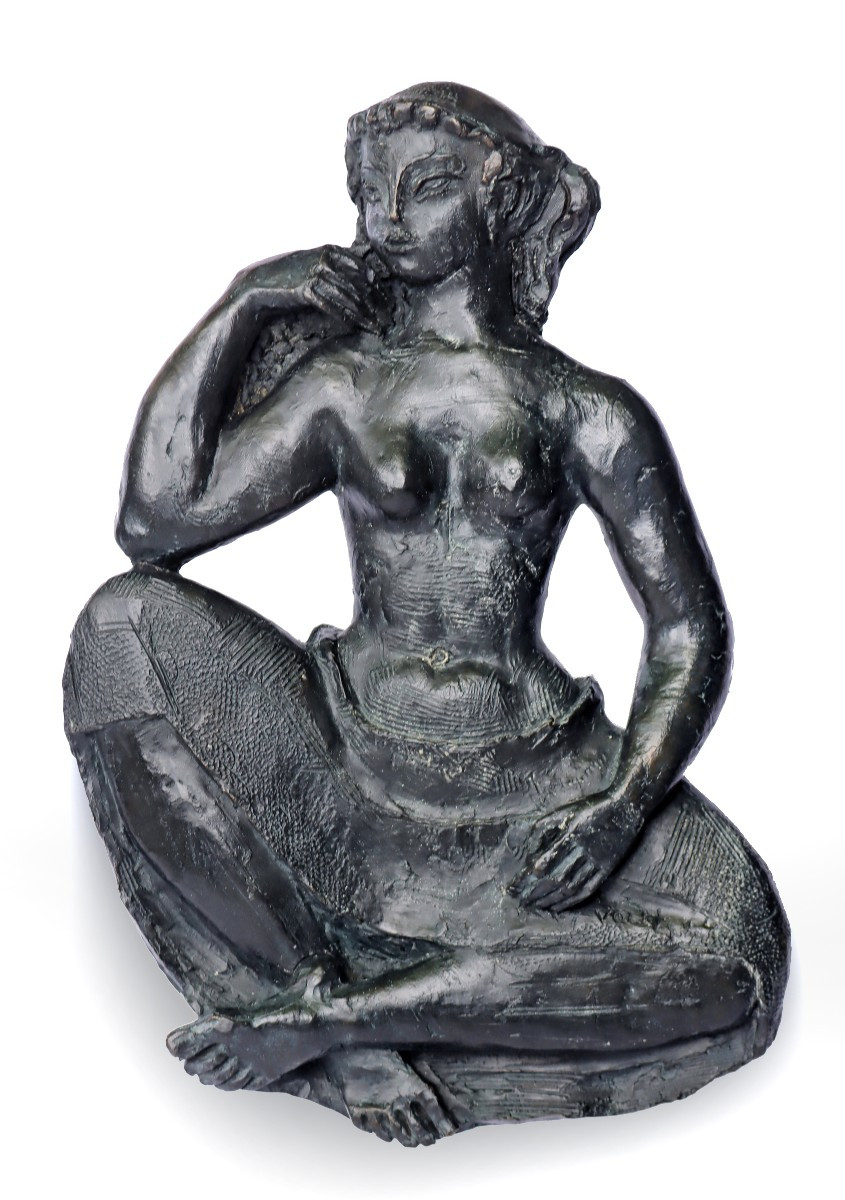
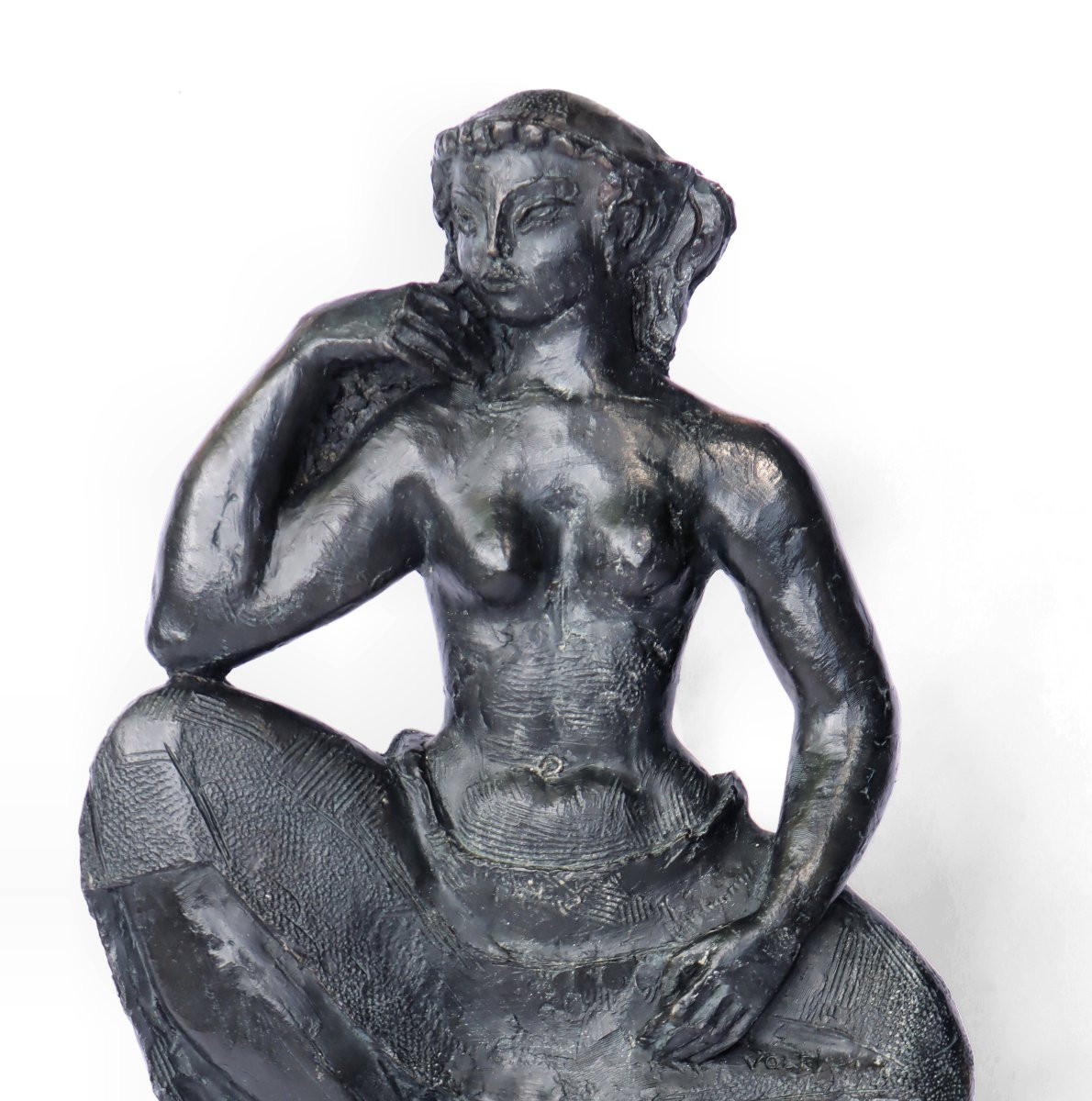
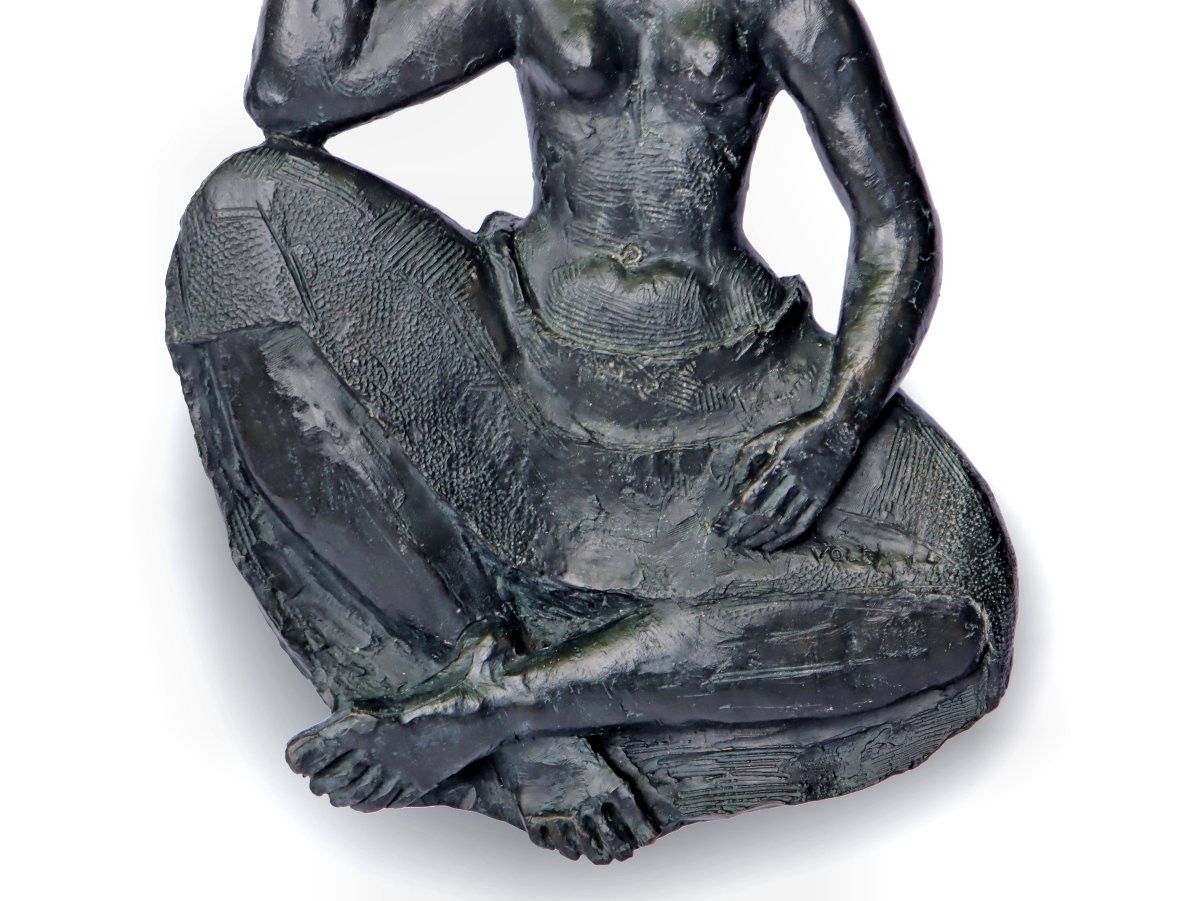
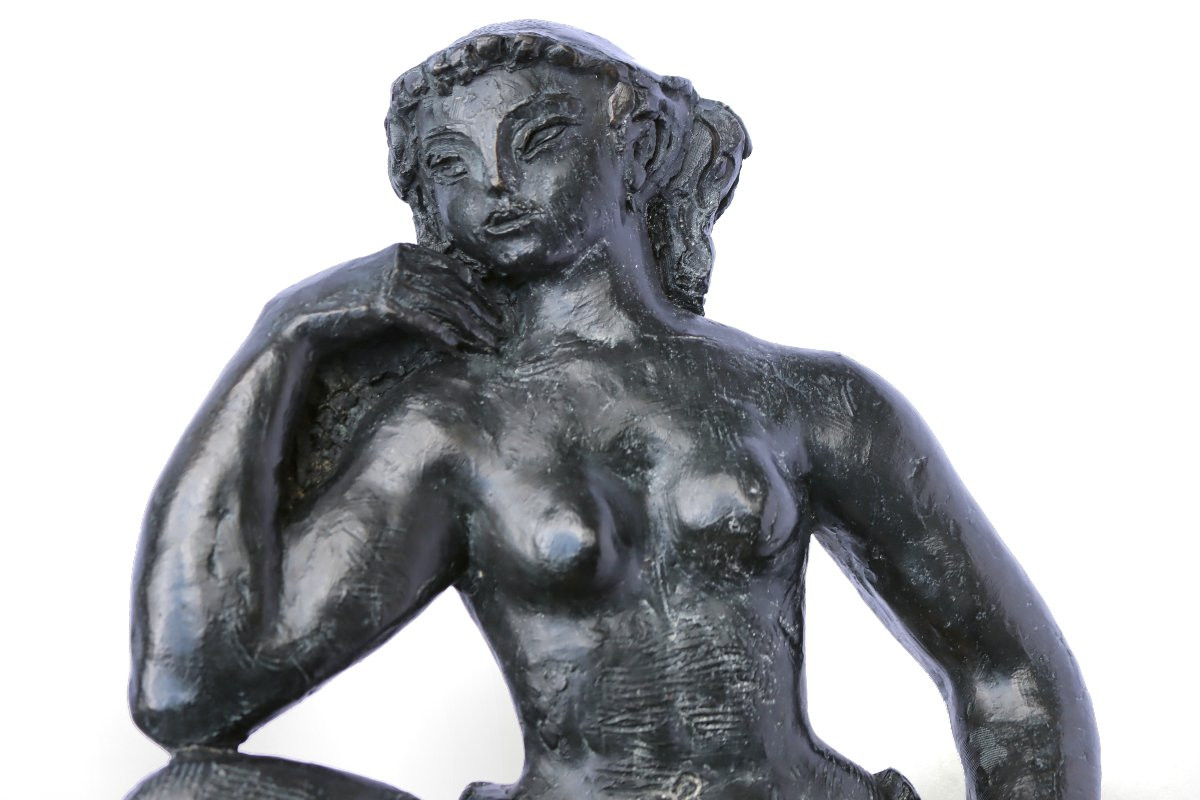
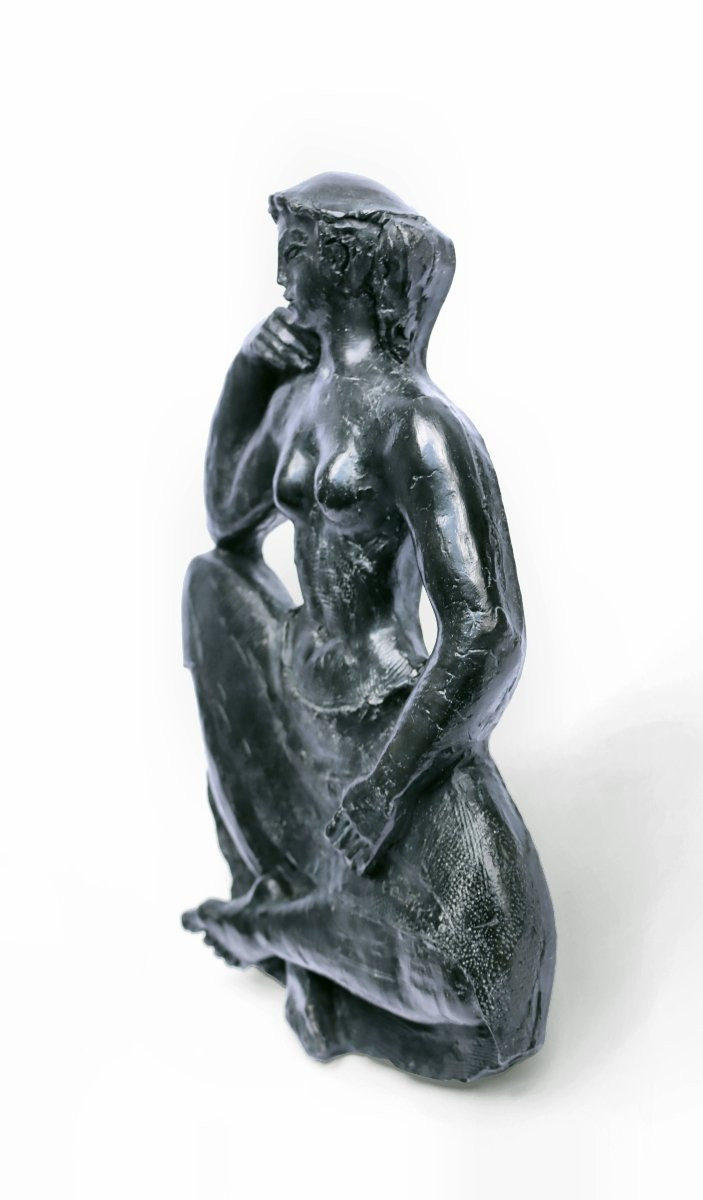
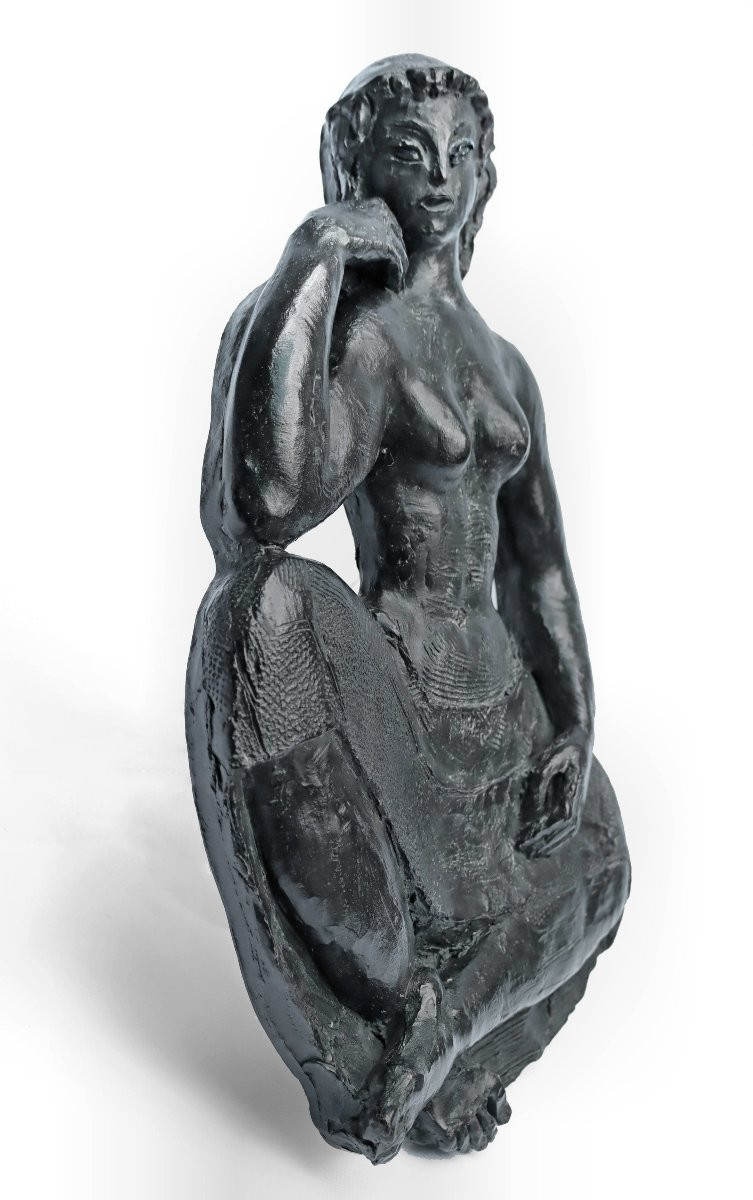
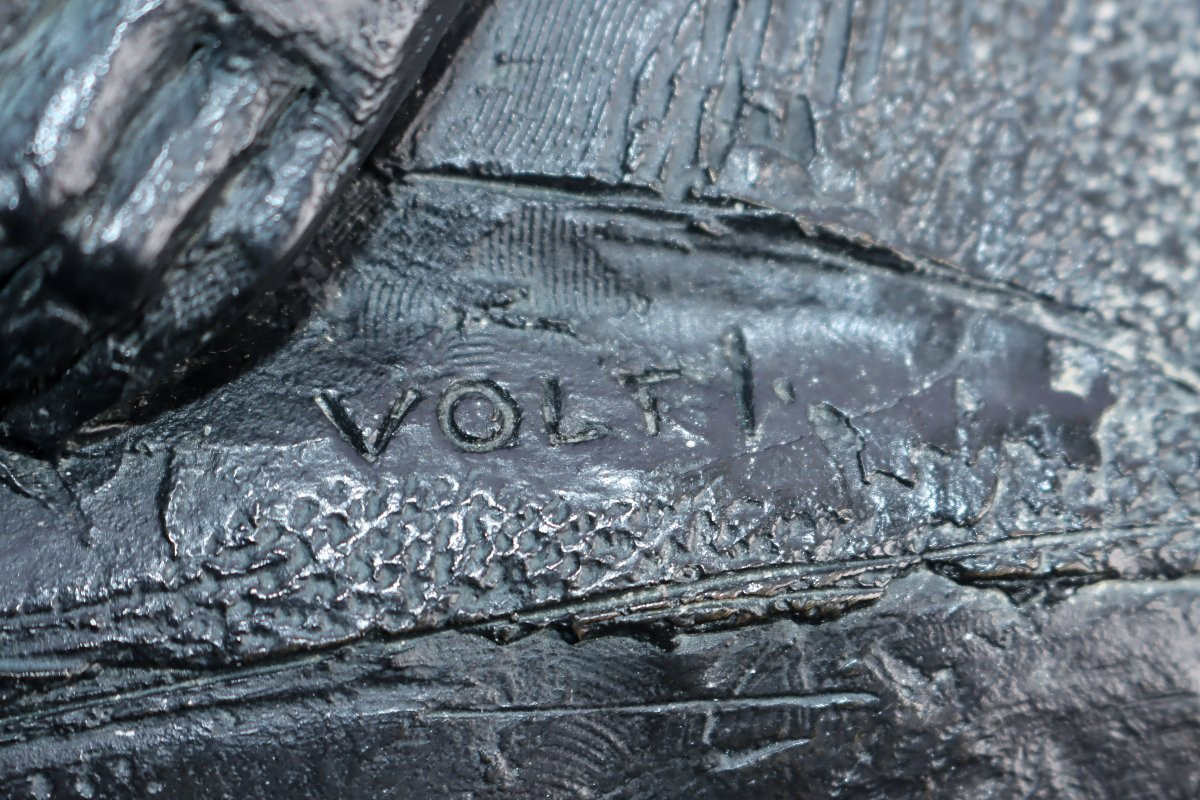
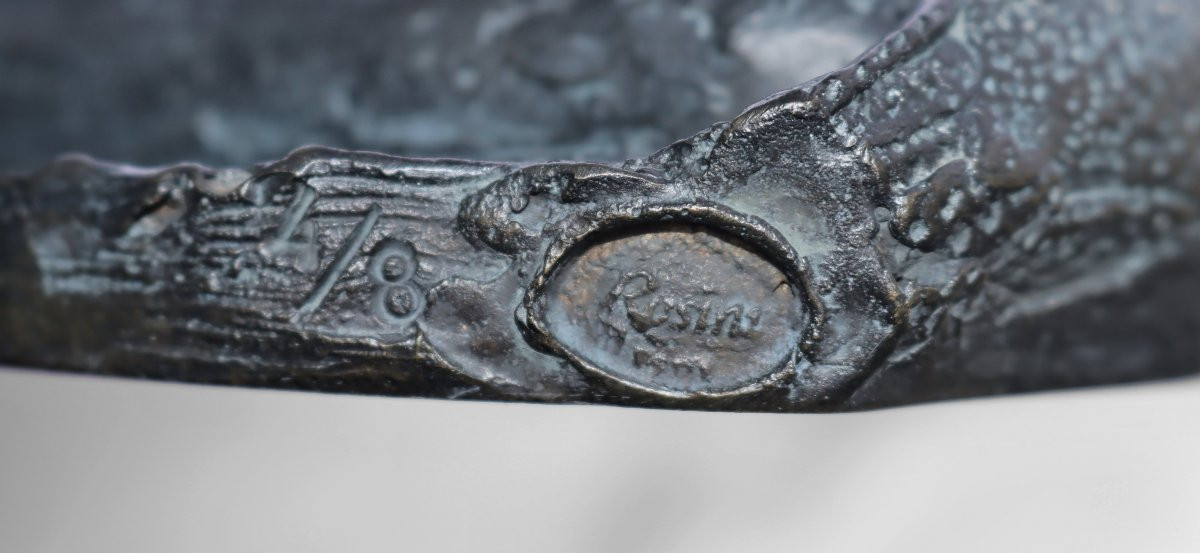
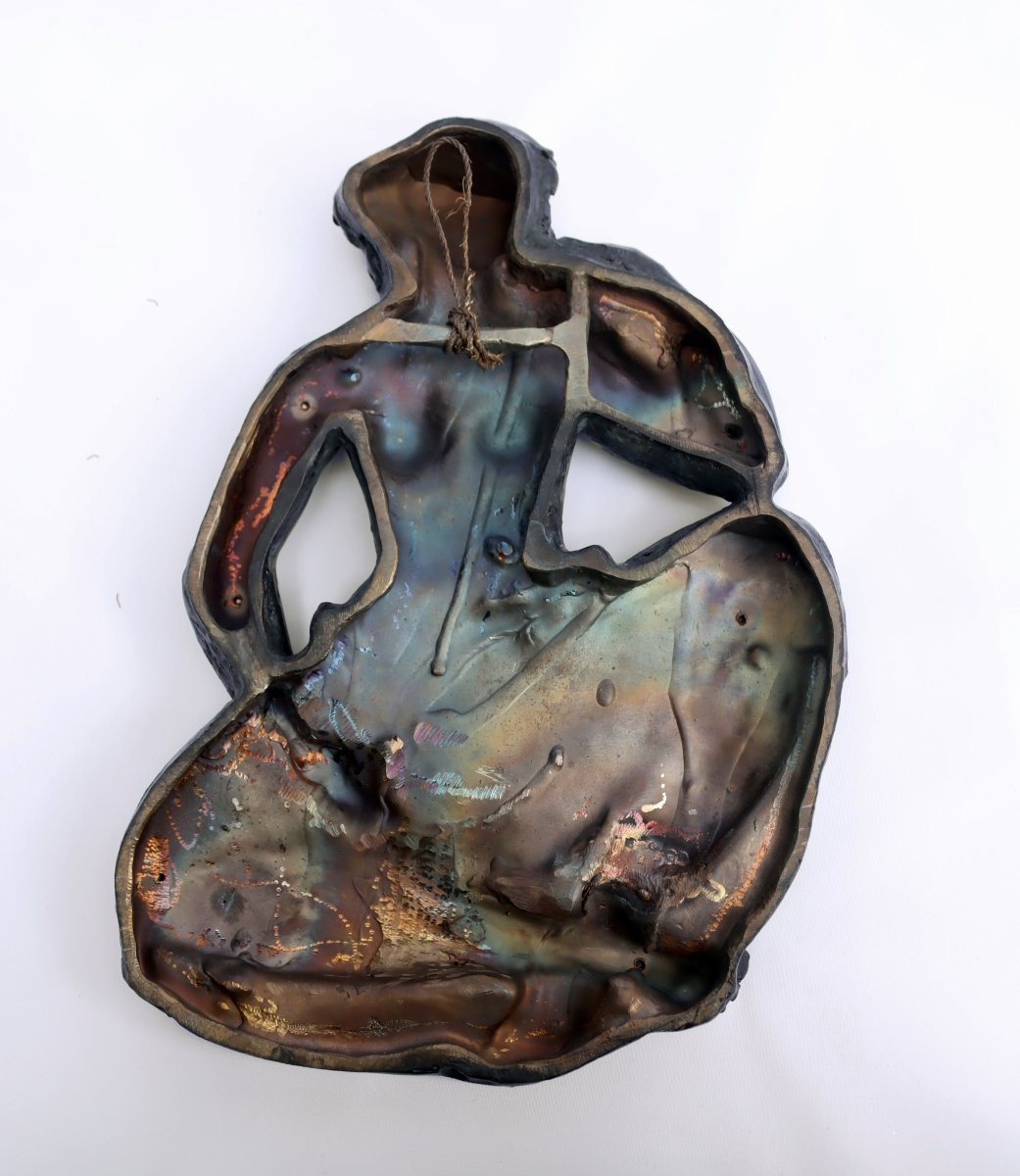
















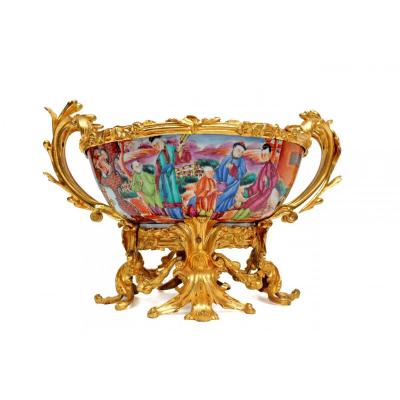

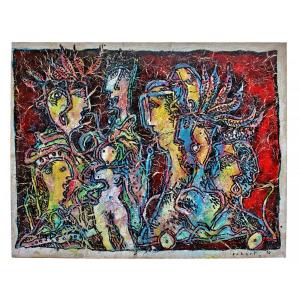
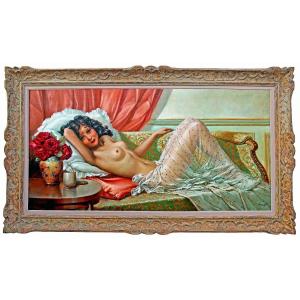
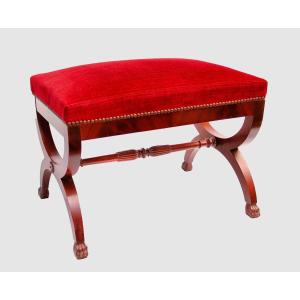

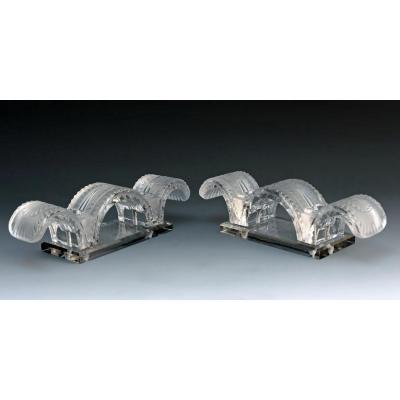


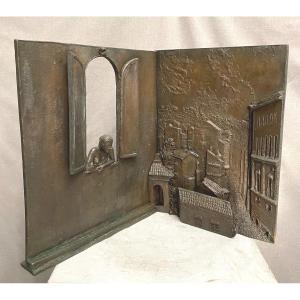

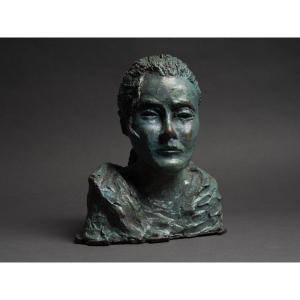




 Le Magazine de PROANTIC
Le Magazine de PROANTIC TRÉSORS Magazine
TRÉSORS Magazine Rivista Artiquariato
Rivista Artiquariato